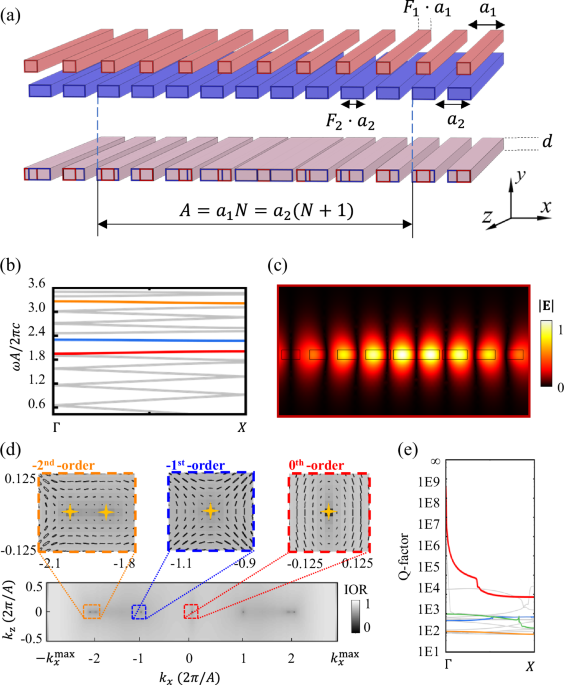
- Select a language for the TTS:
- UK English Female
- UK English Male
- US English Female
- US English Male
- Australian Female
- Australian Male
- Language selected: (auto detect) - EN
Play all audios:
“O body swayed to music, O brightening glance, How can we know the dancer from the dance?” is a line from Yeats quoted in connection with _The Cellist_, Cathy Marston’s new ballet (pictured)
about Jacqueline du Pré. The musician and the instrument become one, as we see her journey from childhood when she first heard the cello on vinyl recordings, to her passion for playing the
instrument and her later struggle with multiple sclerosis. Yet Ms Marston has not created a ‘historical bio ballet’, rather a story distilled to its essentials, in which the narrative thread
is blurred, but the two principal relationships are captured: du Pré’s emotional affair with the cello and the physical affair with the conductor (in real life Daniel Barenboim). The three
principal performances, by Lauren Cuthbertson as Jacqueline, Matthew Ball as the Conductor, and Marcelino Sambé as the cello, were superb, well-complemented by Kristen McNally and Thomas
Whitehead as du Pré’s parents, Anna Rose O’Sullivan as her sister and Emma Lucano as the young Jacqueline. Marston already experimented with personifying a cello, using a male dancer, in a
work for the Royal Danish Ballet a couple of years ago, and it works extremely well. This is a choreographer of great imagination, tackling a very difficult subject, and despite some moments
where there is over abundant action on stage, Marston succeeds. Music put together by Philip Feeney, and sensitively conducted by Andrea Molino, uses extracts from Rachmaninoff, Beethoven,
Fauré, Mendelssohn, and of course Elgar, with an excerpt from his cello concerto forming a significant scene in this hour-long ballet. Beautifully played by Hetty Snell, who joined the Royal
Opera House orchestra less than two years ago, this delightful interlude was spoiled by too much action among the dancers, distracting attention from the music. Yet the whole ballet is a
remarkable achievement by Cathy Marston, and I look forward to its revival in years to come. It was preceded by Jerome Robbins’ beautiful 1969 work for the New York City Ballet, _Dances at a
Gathering_, first produced by the Royal Ballet the following year. The eighteen short pieces by Chopin, played on the piano by the head of the Royal Opera House’s music staff Robert Clark,
provide a wonderful framework for the expression of Robbins’ delightfully original choreography. Such choreography allows ten dancers to appear in solos and smaller groups, until right at
the end when all ten are on stage before finally pairing up into couples and slowly leaving the gathering. There are, as Robbins himself emphasised, no stories, plots or roles, simply
dancers being themselves and dancing with one another across the stage. Costumes by Joe Eula are simple and elegant, providing a combination of colours that enhance the dance combinations
and give character to the dancers — all senior members of the company whose performances were sheer delight. This replaced what was originally supposed to be a new ballet by Liam Scarlett,
but _Dances at a Gathering_ has always been an exercise in perfection and something not to be missed. It was wonderful, and for many people one new ballet is enough for one evening.
Performances of this double bill continue tonight with the same cast, and with two casts until March 4, with a live cinema relay on February 25 — details here.






